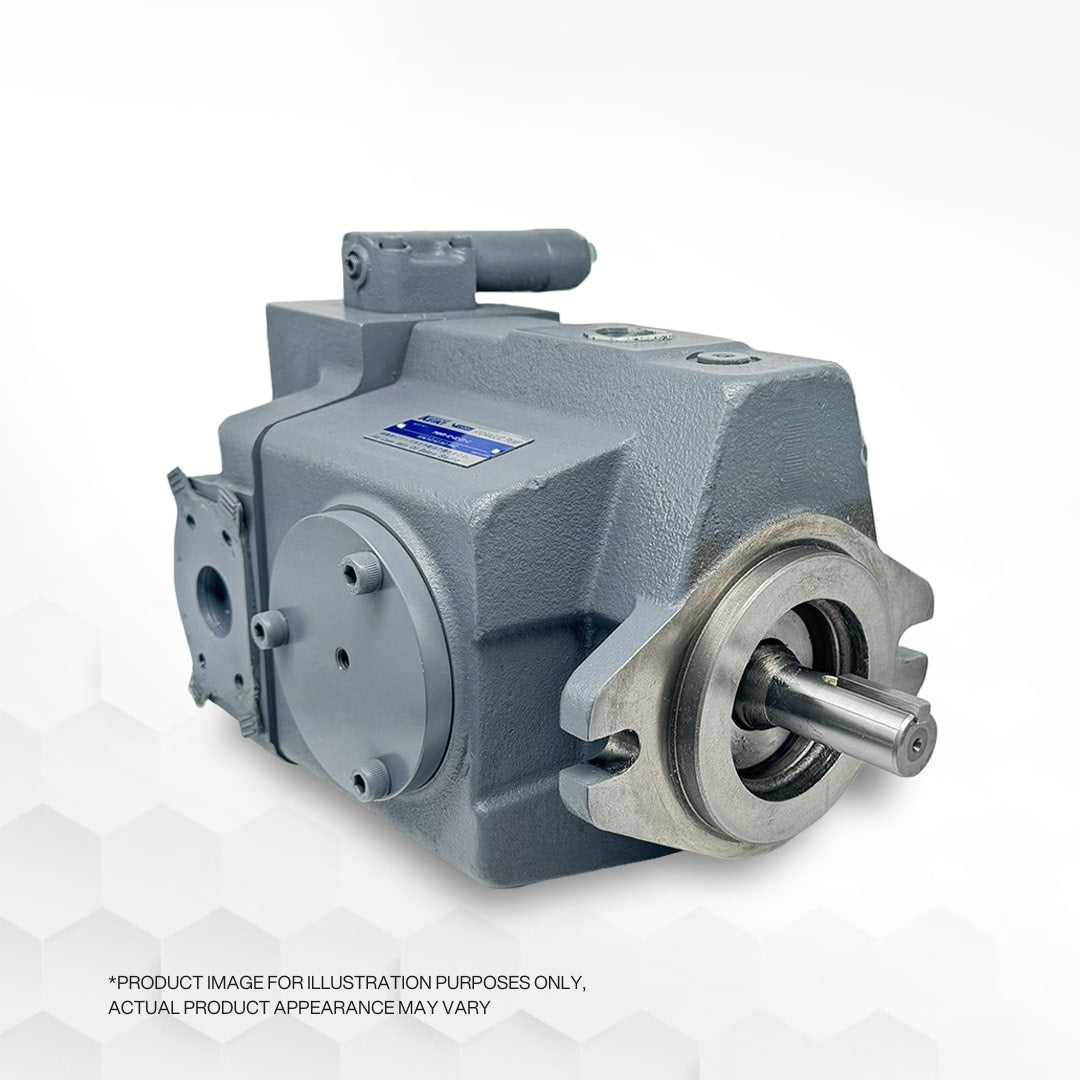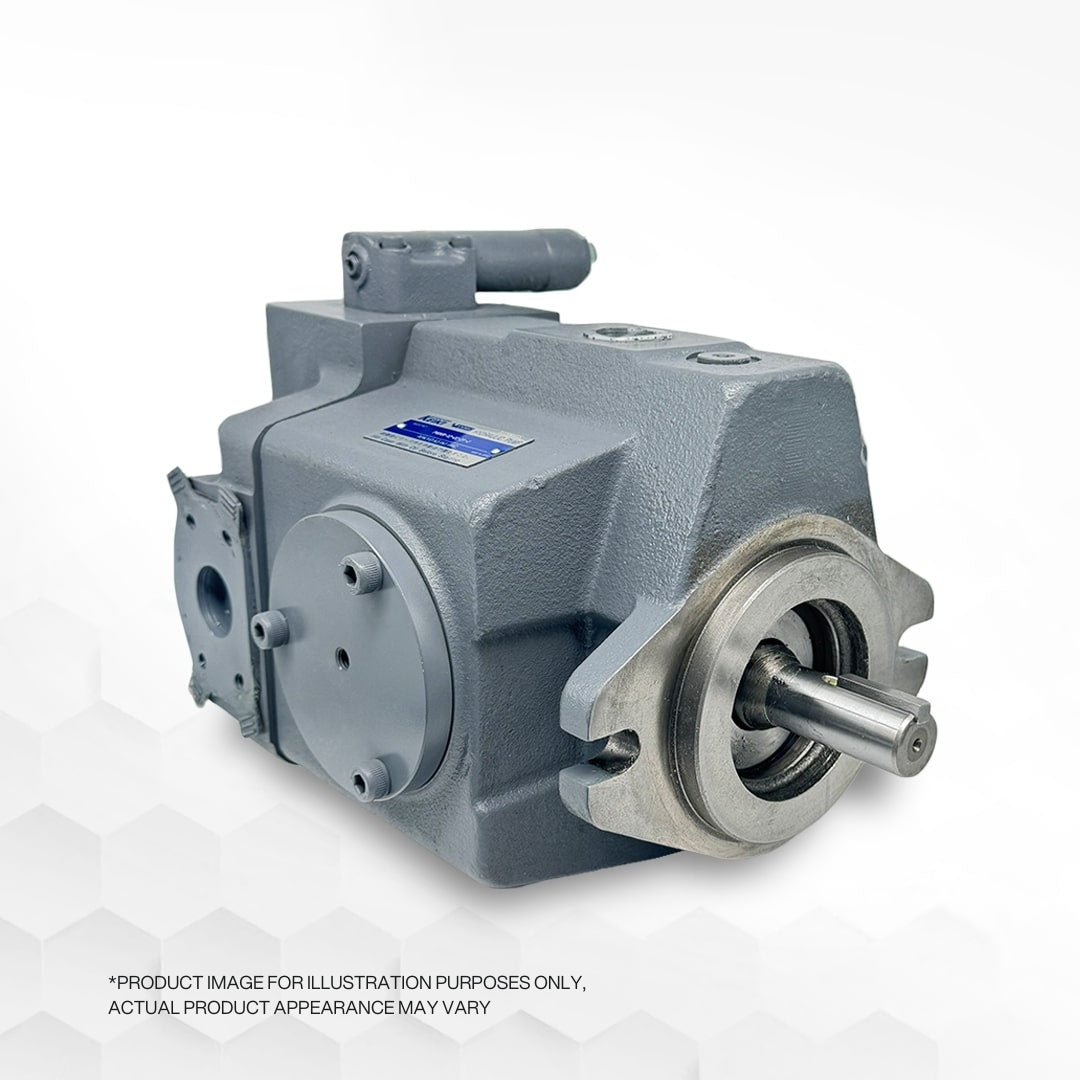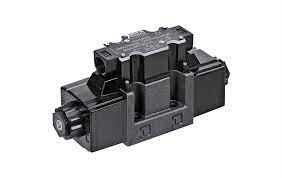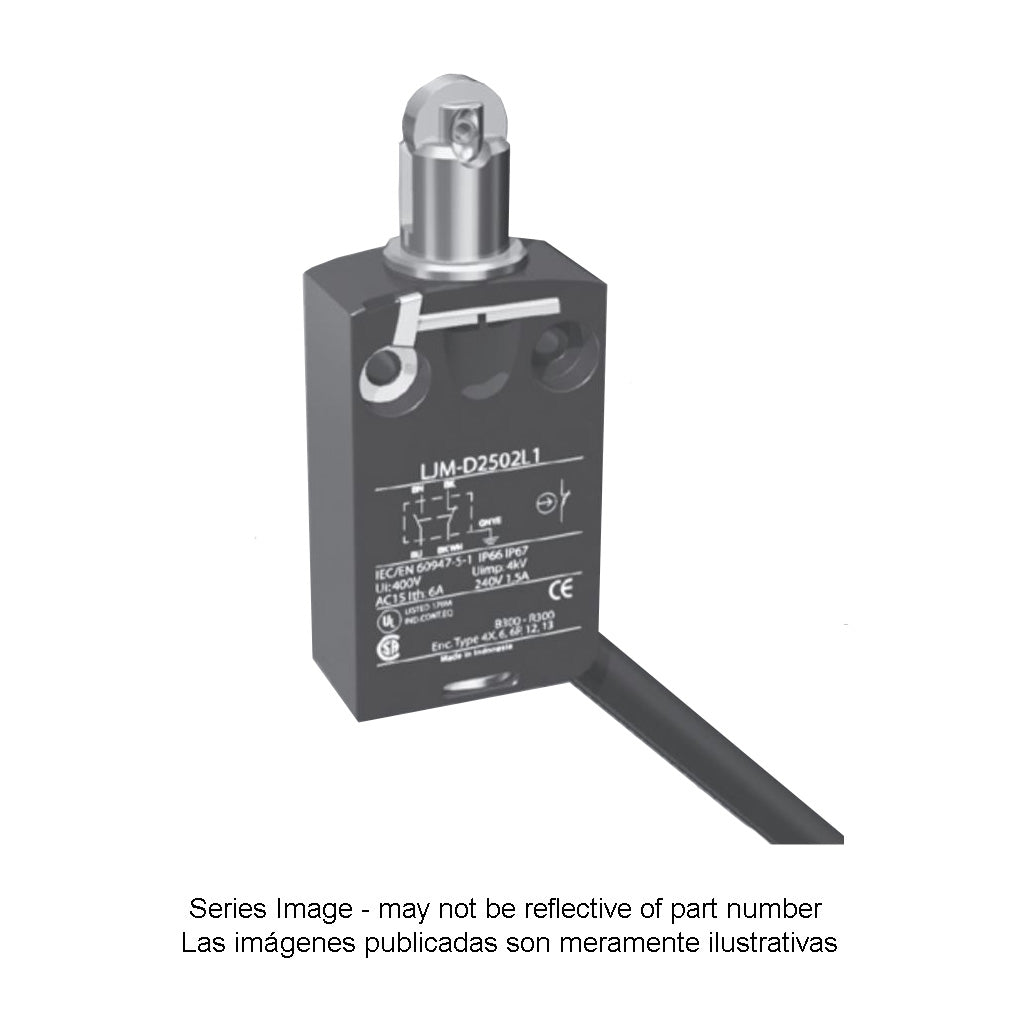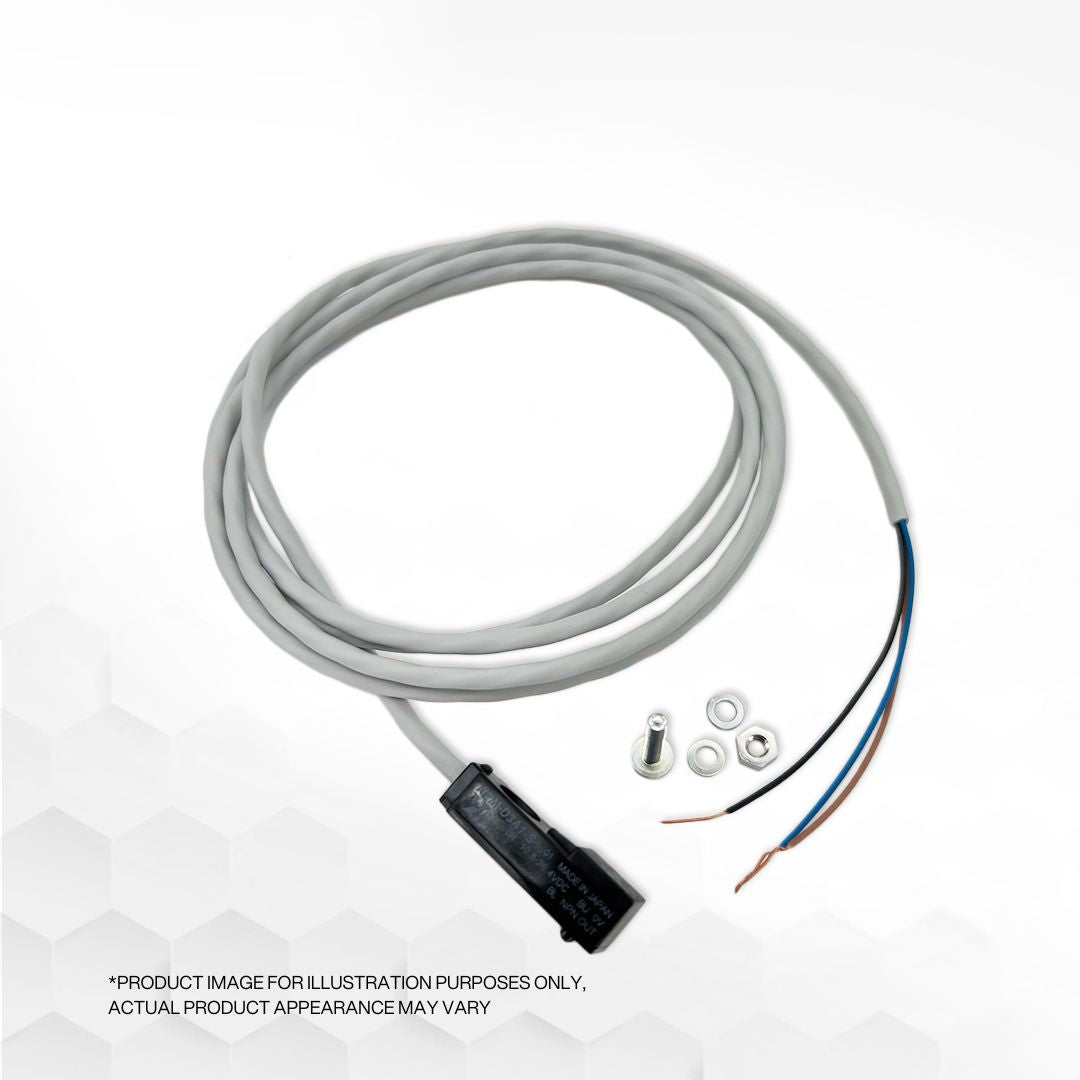
The Photoelectric Sensors
As advancements in automated technology continue, the manufacturing industry is experiencing increased efficiency and labor consolidation. Industrial automation, including the widespread use of industrial sensors, plays a crucial role in facilitating safer and more streamlined production processes. Industrial sensors, such as inductive, capacitive, photoelectric, magnetic, and ultrasonic sensors, provide invaluable support in various sectors, including industrial machinery, power and utilities, telecom, instrumentation, vending equipment, semiconductor, and security equipment.
This article will focus on photoelectric sensors, exploring their functionality and their significance in production environments. While often unnoticed, photoelectric sensors have become integral to our daily lives, employed in safety controls for garage doors, elevator operations, door opening mechanisms, race car detection systems, and more. In simple terms, a photoelectric sensor is a device that detects changes in light or light levels emitted by a light source. The sensor can either detect or not detect the light emitted by its own light source, depending on the target being sensed. Photoelectric sensors typically consist of a light source (LED), a receiver/output unit (phototransistor), a signal converter, and an amplifier. The phototransistor analyzes the incoming light, verifies that it originates from the LED, and triggers an output accordingly. The type of light and the method of target detection vary depending on the specific sensor.
Advantages of Using Photoelectric Sensors:
- Wide Range: Photoelectric sensors offer long and reliable sensing ranges.
- Compact Size: Their small size and diverse range of housing options make them suitable for nearly any application.
- Cost-Effectiveness: Photoelectric sensors are an affordable sensing solution compared to other devices.
- Fast Response Time: These sensors provide rapid response times, enhancing overall system performance.
Disadvantages of Using Photoelectric Sensors:
- Lens Contamination: Over time, the sensor lens can become contaminated, affecting its performance.
- Sensing Range Variation: The sensing range of photoelectric sensors can be influenced by the color and reflectivity of the target being detected.
- Complex Installation (for Through-Beam Mode): In through-beam mode, which requires a transmitter and receiver at separate locations, the installation process can be more intricate compared to other modes.
